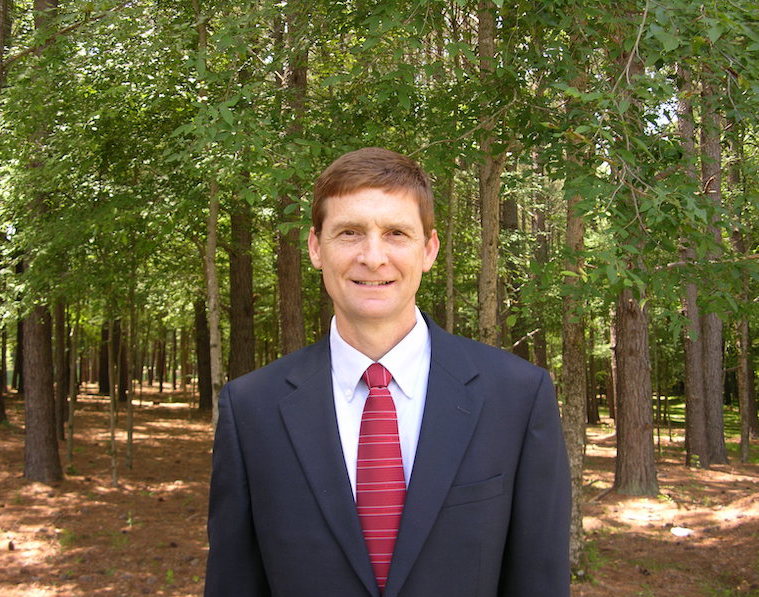Q: What do you think about this?
A: A field manager asked this question while we watched a SISGrass Universal machine slowly stitch synthetic fibers into a natural grass field. It was a limited installation in soccer goal mouths on one of our varsity practice fields here at NC State. The intention was to have demonstration areas that the sports field managers could use to evaluate this technology on their fields, under their normal maintenance and usage.
Asking a researcher their opinion of new technology can be a bit risky, as we tend to be critical until we have seen test data. It was easy to imagine the direct benefits of this system, but I was also turning over in my mind the potential problems of using this in a field planted to a warm season turfgrass. I expressed a couple of concerns, and the installer acknowledged that field managers would have to change some of their management practices.
Regardless of my thoughts, it is the field managers who have to be comfortable with the technology. Progress cannot be made without change. The demonstration areas are a great way for our field managers and me to evaluate the technology under actual use without the full cost or commitment of an entire field.
As a researcher, I’m often asked to test new ideas or find solutions to specific problems. In other areas of my day-to-day life, I tend to make decisions more on functional aspects of proven products. For example, I recently replaced a seven-year-old phone with a model released a year ago (I saw no need to get the latest version). Marketing studies would indicate that there is a “chasm” between innovators/early adopters and the majority of users. To me, research data is one way to bridge the chasm. Other people may not place as high a value on research data, preferring different assurances before adoption – perhaps a colleague’s endorsement or, in this case, a good experience with a demonstration site.
If we had no research and no one ever took chances with new products or practices, we would never have innovation. Just remember that change does not always provide the desired results, and there may be unintended consequences. Research and testing are central to our present-day fields looking and performing better than those of previous times.
To learn more about new products and practices, take advantage of chapter, state and national meetings with innovative speakers. Attend trade shows to see what is new, and ask vendors how their products can benefit your turfgrass or facility. University field days are another great place to learn about new products and visit with vendors.
Use the opportunities you have to speak with researchers about problems you experience. In some cases, they may be able to help you solve the problem or they may have an idea for a study that can evaluate potential solutions. If possible and practical, volunteer to be a test site for a researcher or vendor.
As was being done at NC State, vendors that are trying to get greater industry adoption of a new product or technology may offer you a chance to host a demonstration at your facility. It’s a great way to personally experience a product before totally committing. It may also help other sports field managers in deciding if the technology is right for their situation – even if it’s not right for you.
Grady Miller, Ph.D.
Professor and Extension Turf Specialist
North Carolina State University
Questions?
Send them to Grady Miller at North Carolina State University, Box 7620, Raleigh, NC 27695-7620, or e-mail grady_miller@ncsu.edu
Or send your question to Pamela Sherratt at 202 Kottman Hall, 2001 Coffey Road, Columbus, OH 43210 or sherratt.1@osu.edu


